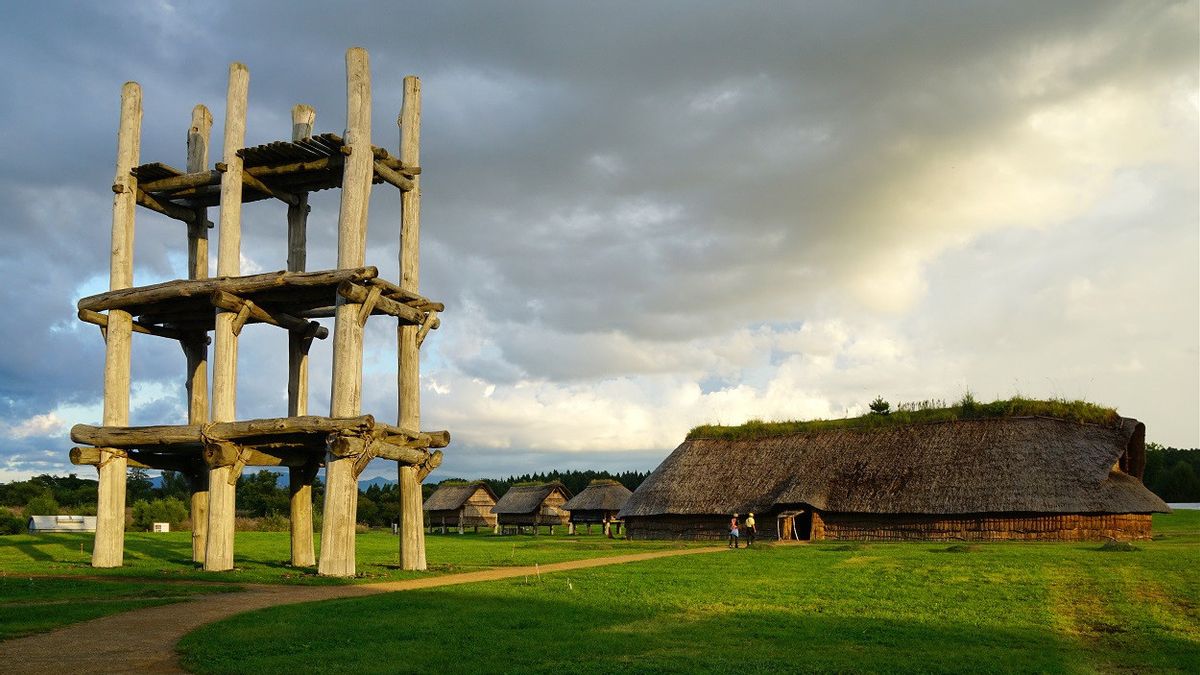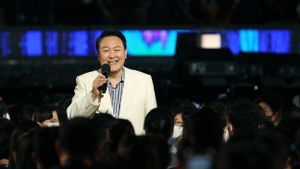JAKARTA - An advisory panel of the United Nations Educational, Scientific and Cultural Organization (UNESCO) recommended that the Jomon Era archaeological site in northern Japan be included on the World Cultural Heritage list, Wednesday, May 26, according to the Japan Cultural Affairs Agency.
This historic area consists of 17 ancient sites across the northern main island of Hokkaido and the northeastern prefectures of Aomori, Iwate and Akita that reflect the hunter-gatherer society that prevailed in Japan for more than 10,000 years.
If registered during a World Heritage Committee session from between July 16 and 31, the site will become Japan's 20th World Cultural Heritage list and the first prehistoric site to receive such recognition.
Among the ruins, the 5,900-year-old village of Sannai Maruyama in Aomori, features a large settlement with the remains of large buildings and systematically arranged roads. While the Oyu Kanjo Resseki site in Akita consists of a pair of large stone circles.
"We have finally arrived at this point after a long time of work. I want to share my happiness with our supporters after the recommendations are completed," said Kazunori Takada, 71, who is director of the Goshono ruins museum in Iwate.
The Japanese government recommended the archaeological site to UNESCO in 2020. In its submission, the Japanese government said the area was believed to represent an era that began about 16,000 years ago with settlements whose people relied on hunting, fishing and plant gathering.
Local Non-Governmental Organizations (NGOs) who have been working to raise awareness and preserve the Jomon Era site welcome and enthusiastically welcome this UNESCO announcement.
"Since I thought the site would eventually be registered, I found it very impressive. Registering was not our end goal. This is only the beginning. We want to work together with other regions with this ancient relic, to share the charm of the Jomon Era," said Fumitaka Sato, head the NGO secretariat that raises the public interest of Sannai Maruyama Village which has fought for 25 years to fight for UNESCO recognition.
Meanwhile, the director of the museum at the Oyu Kanjo Resseki site. Masahiko Hananoki revealed, the recognition of this site has been waiting for a long time.
"I'm sure if (the site) is registered, there will be more visitors. I want it to help revitalize our region," he said.
The English, Chinese, Japanese, Arabic, and French versions are automatically generated by the AI. So there may still be inaccuracies in translating, please always see Indonesian as our main language. (system supported by DigitalSiber.id)













